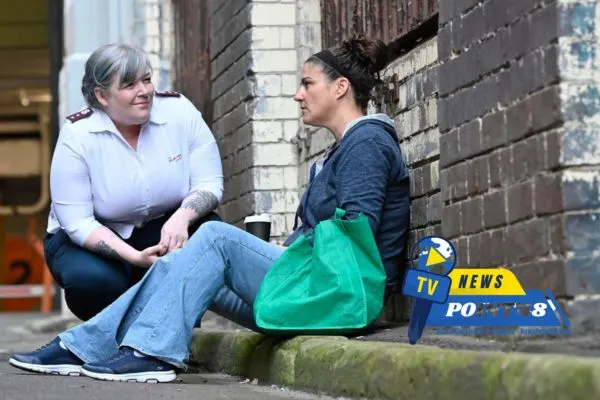
Building permanent supportive housing is the answer to homelessness in Australia — and it will pay for itself. Every day, homelessness is a major issue in Australia which confronts thousands of men and women all over the nation. However, as these initiatives have failed to stop the heaving of this titanic icebergcatastrophe all appears lost unless we can implement a new plan before it’s too late. What we have begun to see as viable solutions, are permanent supportive housing (PSH) that provides individuals a stable place to call home and the vital support services they need for them to regain self-reliance. Many recent studies have found that greater investment in PSH could reduce homelessness and save our nation money.
What is Permanent Supportive Housing?
permanent supportive housing is affordable rental housing that combines long-term job support and services to help individuals and families experiencing homelessness live successfully in stable conditions. By coupling long-term housing solutions with mental health support, job training, and addiction recovery programs this model: PSH provides stability, rather than the transience of traditional temporary shelters residents can put down roots and begin their successful re-entry back into society.
What Homelessness looks like in Australia Right Now
An estimated 116,000 Australians are currently homeless in the wake of recent census data. This includes people living in temporary accommodation as well as those sleeping rough. At the moment, these systems are emergency responses pervading (quite inadequately) through large-scale short-term ways. Consequently, many people become caught in a cycle of homelessness with seemingly no way out.
How Permanent Supportive Housing Can Help at newspoint48

Comprehensive Solution:PSH deals with the causes of homelessness, not just the symptoms. It can help someone address the underlying mental health or substance-use issue that has left them unstable and homeless, ultimately creating a much better outcome.
Cost-Effectiveness: Studies demonstrate that investment in PSH results in cost savings to the government. Emergency services, healthcare and criminal justice costs for homeless people add up to more than the cost of providing stable housing along with homelessness support. Australian Housing and Urban Research Institute released a report last year showing that for every dollar spent on Permanent Supportive Housing, $1.70 is saved elsewhere (Fitzpatrick et al 2013)
Community Integration: PSH provides a built-in community. Stable housing helps people connect to their community, work, and contribute in positive ways. Integration of this kind can help alleviate social isolation, thus increasing the well-being of communities more generally.
Australia and International Inspirational Models
One example is in Australia where the “Common Ground” project in Sydney has effectively aligned affordable housing with supportive services. Expanding across the globe, similar models of PSH have been implemented in different countries and it has proven to be successful in reducing homelessness. The use of PSH approaches has proven successful in large-scale cities such as New York and Los Angeles, effectively reducing social challenges associated with homelessness.
Benefits of Permanent Supportive Housing on Economics
Investing in PSH helps people experiencing homelessness on so many levels, but it also brings the money back into our economy. Placing less strain on emergency services and healthcare means that governments free up money that can go back into the system to fund things like education, infrastructure, welfare, and more. In addition, supplying people with stable housing is a key way to create an employment-ready workforce — which will eventually feed into productivity and economic vitality.
Challenges and Solutions
Although the advantages of PSH are demonstrated, there are also some barriers to widespread adoption as well. Funding, NIMBYism, and bureaucratic hurdles are the biggest obstacles. This said a combined effort by all stakeholders –government agencies, Non-Governmental Organizations, and the Private Sector can provide solutions to these bottlenecks. With better public awareness and support, we can continue to fund in a way that shifts resources to solve homelessness using permanent supportive housing.

Australia is at a homelessness crossroads. Including this in its strategy would be life-altering for countless men, women, and families. PSH is not only a pathway to exit homelessness, it makes fiscal sense for long-term investment as well. While we continue the march toward being a more inclusive society, housing innovative problem-solving solutions must address the root causes of homelessness. We can then build a better future for all Australians.
